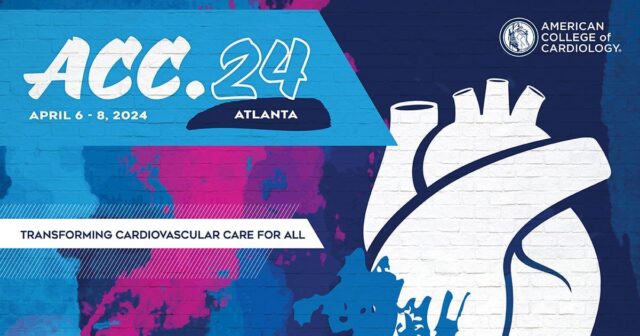Patients with severe aortic stenosis and a small aortic annulus face an increased risk of deteriorated valvular hemodynamic performance and adverse cardiovascular clinical outcomes after undergoing transcatheter aortic valve replacement (TAVR).

This study, a prospective multicenter randomized trial, aimed to compare the efficacy and safety of two types of valves: the supra-annular self-expanding EVOLUT (SEV) and intra-annular balloon-expandable SAPIEN (BEV).
Patients with symptomatic severe aortic stenosis and an aortic valve annulus area of 430 mm2 or less were randomized 1:1 to undergo TAVR with a supra-annular self-expanding valve or a balloon-expandable valve. The primary endpoints, assessed over 12 months, were a composite of death, disabling stroke, or rehospitalization for heart failure (evaluated for non-inferiority) and a composite endpoint measuring bioprosthetic valve dysfunction (evaluated for superiority).
The study included a total of 716 patients, with a mean age of 80 years; most subjects were women (87%), and the average STS score was 3.3%. The Kaplan-Meier estimate of the percentage of patients experiencing the composite events of death, disabling stroke, or rehospitalization for heart failure over 12 months was 9.4% with the self-expanding valve and 10.6% with the balloon-expandable valve (a difference of -1.2 percentage points; 90% confidence interval [CI] -4.9 to 2.5; P < 0.001 for non-inferiority).
Read also: ACC 2024 | PREVENT Study.
The Kaplan-Meier estimate of the percentage of patients with bioprosthetic valve dysfunction over 12 months was 9.4% with the self-expanding valve and 41.6% with the balloon-expandable valve (a difference of -32.2 percentage points; 95% CI -38.7 to -25.6; P < 0.001 for superiority).
The mean aortic valve gradient at 12 months was 7.7 mm Hg with the self-expanding valve and 15.7 mm Hg with the balloon-expandable valve. The corresponding values for additional secondary endpoints over 12 months were, respectively, as follows: mean effective orifice area, 1.99 cm2 and 1.50 cm2; percentage of patients with hemodynamic structural valve dysfunction, 3.5% and 32.8%; and percentage of women with bioprosthetic valve dysfunction, 10.2% and 43.3% (P < 0.001 in all cases). The main safety endpoints appeared to be similar in both groups.
Conclusions
In conclusion, among patients with severe aortic stenosis and a small aortic annulus undergoing TAVR, the supra-annular self-expanding valve was non-inferior to the balloon-expandable valve in terms of clinical outcomes and superior in terms of bioprosthetic valve dysfunction over 12 months.

Dr. Andrés Rodríguez.
Member of the editorial board of SOLACI.org.
Original Title: Self-Expanding or Balloon-Expandable TAVR in Patients with a Small Aortic Annulus SMART trial.
Reference: Howard C. Herrmann, M.D et al.
Subscribe to our weekly newsletter
Get the latest scientific articles on interventional cardiology


